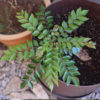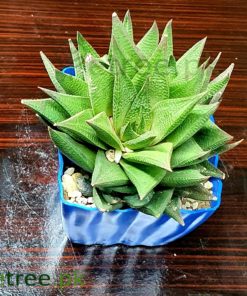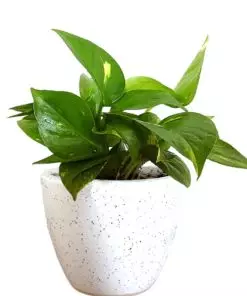Description for Cycas Revoluta, Sago Palm
Sago Palms (Cycas revoluta), one of the most primitive living seed plants, are very unusual and popular ornamentals. A rugged trunk, topped with whorled feathery leaves has lead to the common name “”””Sago Palm””””
It is actually related to conifer and Ginko trees – all cone bearing plants which trace their origins back to the ancient flora of the early Mesozoic era. Often called “”””living fossils””””, Cycads have changed very little in the last 200 million years.
Although, this species is not a true palm. it has the appearance of a palm, with its feather like fronds. These fronds also look very similar to some ferns. A plant may only produce one leaf per year, so don t expect lot s of new foliage to appear during it s growing period.
| Common name | Flower colours | Bloom time | Height | Difficulty |
|---|---|---|---|---|
| sago palm,Cycas revoluta ,Sotetsu, king sago, sago cycad, Japanese sago palm | – | – | Up to 6 ft (1.8 m) indoors. Can be kept dwarfed by growing it in a small pot. Sago Palm is also popularly grown as a bonsai tree. | Medium |
Planting and care
The sago palm is easy enough for most growers to care for and maintain, but not quite a beginner plant. You will need to provide plenty of bright light, above average humidity levels, do not over-water and have plenty of patience with a young plant.
| Sunlight | Soil | Water | Temperature | Fertilizer |
|---|---|---|---|---|
| Bright light with some direct sun. Turn the pot a quarter turn at least once a week during the growing season. Otherwise, the plant will lean toward the light source. | Cactus mix works well. Or combine 2 parts peat-moss based potting mix and 1 part sharp sand or perlite. | Take care to water the soil, not the crown of the plant which can lead to crown rot and may kill the plant. Water thoroughly and allow the soil to dry out a bit between watering, but don t allow it to dry out completely. Water less in winter. Provide good drainage. | Temperature: Average room temperatures of 65F (16C) — 75F (24C) are suitable and no lower than 55F (12.7C). | Feed monthly spring through fall with a liquid fertilizer (such as 18-6-18) diluted by half. Only fertilize when watering to avoid fertilizer burn. A slow-release fertilizer also works well, but I only use half the amount recommended on the package. The leaves will shrivel and dry up when it has been over-fed. |
Caring for Cycas Revoluta
- Sago Palm care is easy if you keep a few things in mind. It doesn’t like its feet wet, so keep the soil on the dry side.
- Give it light every day and fertilize lightly during the growing season.
- This plant doesn t really like to be disturbed, so re-pot only when necessary.
- Pruning can be done anytime to remove dead fronds.
- Look over your plant often for scale and treat any infestation immediately with insecticide.
Typical uses of Cycas Revoluta
Special features: Palms tend to lend themselves to creating shadows and reflections. You can stand a palm in an alcove that is lined with a mirror and create stunning effects. If you put one on each side of a fireplace, its even doubly stunning. The shadows cast by the palms fronds can pattern a plain wall. Spotlights can create good strong light for bold shadows.
These are quite dramatic. Dont position spotlights too closely because this generates too much heat for the palm to withstand. Finally, lighting the plant from below can cast shadows onto opposite walls and even the ceiling.
References
- http://www.guide-to-houseplants.com/sago-palm.html
- http://www.houseplantsexpert.com/sago-palm.html


















Reviews
There are no reviews yet.